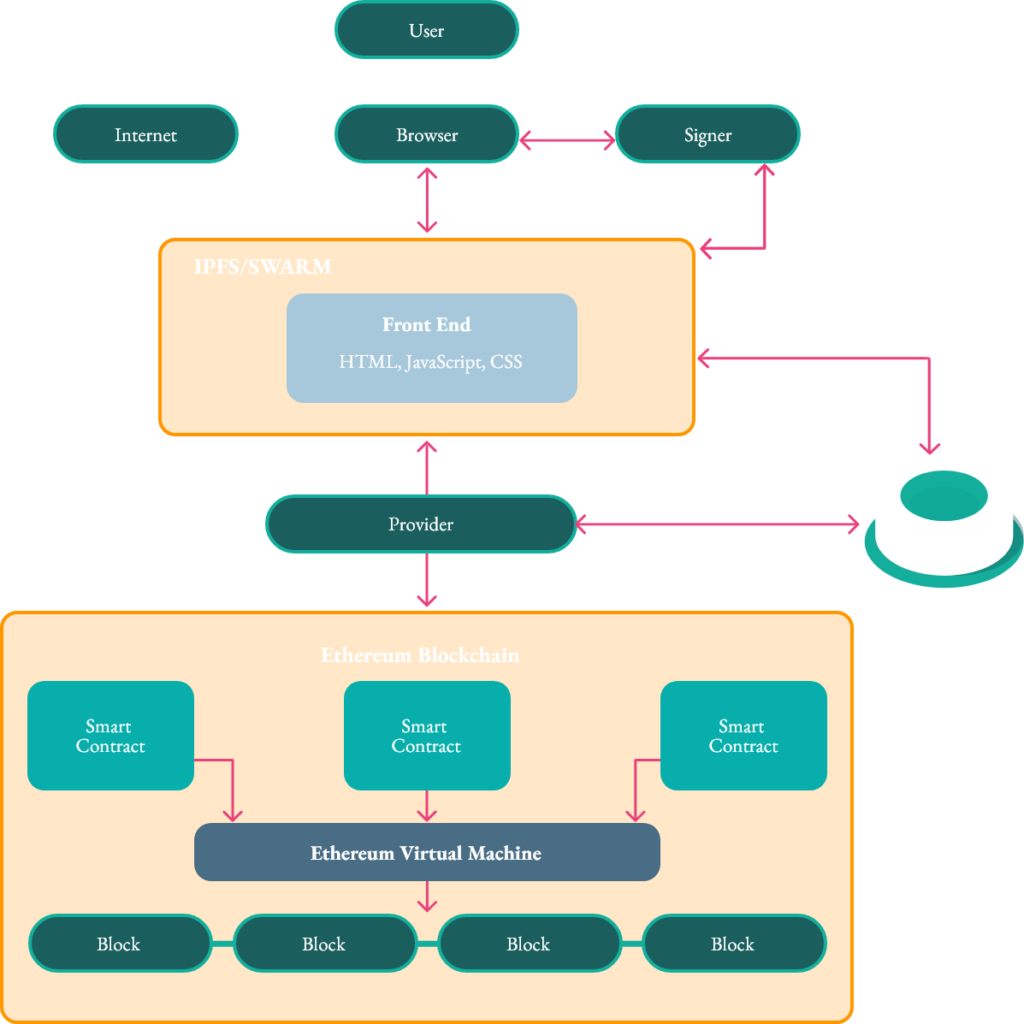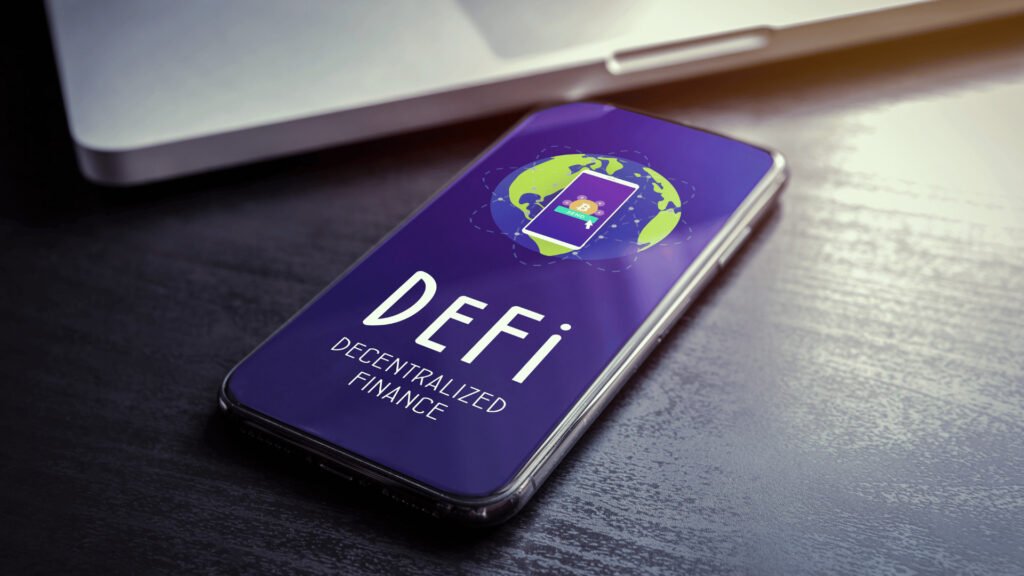Web 3.0- Everything you Need to Know about this Technology.

Ritwika Chaudhury
December 15, 2022. 3 minute Read

Change is the only constant.”
If something has completely changed our lives, it has to be the Internet.
The Internet has completely changed our lifestyle. From payment to travel, everything is so much more accessible because of the Internet today. Even writing an article and publishing it to the world is more effortless.
One thing Technology keeps updating itself with time. And over time the Internet has completely evolved itself.
Technology has absolutely no dead end. And the recent buzz around is Web 3.0. But let’s dig into first what is Web 1.0 and what is Web 2.0 and let’s understand how they evolved over these years.
Web 1.0
First, we had Web 1.0, primarily a static pool of information, like an encyclopedia that assisted users to only read and surf through the web pages.
Web 2.0
With time, we got updated into web 2.0, where engagement with people became more straightforward and made the Internet space for users to interact by viewing analytics, interactive content, and many more dynamic features.
Be it your Google Map, Facebook, Instagram, TikTok, or any other application; these biggest brands collect a wide range of data from the consumers. Not just personal information, but some brands also collect information about your appearance; each time you turn on a Snapchat filter, it is nothing but the application capturing your detailed look and facial movement and rendering a picture that can please you well.
While Web 2.0 is the Internet of sharing, it resulted in millions of breaches and security threats with actual consumer data at exposure. Moreover, the tech giants controlling pretty much the entire data, the consumer data has been impacted severely.

Web 3.0
And now we have web 3.0 with enhanced security, privacy, ownership, and digital identity. This generation of the web must be designed on open standards with Self-Sovereign Identity (SSI) and verifiable credentials that play a crucial role.
SSI (Self Sovereign Identity) eliminates any need to store personal information on a central database and provides enhanced control over what information will be shared, safeguarding privacy, which helps establish a user-centric and user-controlled approach to securely exchanging authentic information digitally signed data.
What is Web 3.0?
Web 3.0 interconnects data decentralized to deliver a faster and more personalized user experience. In this decentralized system, the web relies on a peer-to-peer network built upon a community of users, as in cases like Bit Torrent that helps in peer-to-peer file sharing. The internet-connected devices will host applications or websites instead of a single server or a group of high-powered servers. As a result, every website or app gets distributed across multiple nodes located on different devices.
Web 3.0 is built by utilizing artificial intelligence, machine learning, and the semantic web, with a blockchain security system to ensure optimum safety and security of the system.
The principal idea behind using the Semantic Web is its capability to understand and interpret the context and concept of the data. The primary focus of the semantic search is on the context of a query (previous searches), search intent, location, and the variation of queries to deliver relevant, precise, and accurate search results. Therefore, when a user looks up an answer or any piece of information, web 3.0 offers the most accurate and relevant result to the end-user.
More importantly, this web iteration will allow websites and applications to utilize data more efficiently and provide tailor-made information for each user.
How does Web 3.0 work?

Developers generally do not need to build and deploy applications that run on a single server or store data in a single database. Instead, the applications on web 3.0 run on blockchains, decentralized networks of many peer-to-peer nodes, or even a combination of both that creates a crypto-economic protocol.
Such applications are referred to the decentralized apps or dApps. To achieve a stable and secure decentralized network, the developers get incentives, and they compete to offer the best quality services to anyone utilizing the service.
Benefits of Web 3.0
The third iteration of the web/ Web 3.0 promises to create a more intelligent, secure, and transparent web, thereby increasing the efficiency of browsing and the effectiveness of machine-human interaction.
The principal benefits of web 3.0 can be listed as follows:
1. Enhanced Data Privacy and Control
Web 3.0 aims to offer the advantage of data encryption to protect their information from any disclosure. The encryption provided will be unbreakable and prevent large organizations like Apple or Google from controlling or utilizing users’ personal information for their requirements. Therefore, users can garner optimal ownership and privacy.
2. Open Accessibility to Data
With Web 3.0, data will be accessible anywhere and on any device. This capability will improve data collection and its accessibility to users across the globe by enabling smartphones and other connected devices to sync with computers and access the data on them.

3. Interoperability
Web 3.0 will empower developers in simplifying and easing the process of building new dApps that will function on all smart devices, from televisions to laptops to phones and even smart cities.
4. Decentralization
Web 3.0 aims to discourage centralized networks, offering enhanced transparency to users.
5. Improved Data Processing
Web 3.0 leverages artificial intelligence that helps filter out crucial information from the vast quantity of data. This assists in problem-solving and intensive knowledge creation tasks. Web 3.0 also offers users the ability to conduct client demand forecasting and personalized customer service that is quintessential in improving businesses.
Tools of Web 3.0
Always try to make the most out of any webinar sessions. Make it interactive by The new Internet or Smart Web will be more user-friendly with a shorter learning curve for the new users. Organizations and businesses might need to rebuild their systems from scratch to accommodate the latest applications from the developers’ end.starting a great conversation. Use the platform to showcase what you are potentially good at, individually or for the company.
What are dApps?
dApps are decentralized apps that offer similar functionalities to other applications, but unlike those, they run on a peer-to-peer network. As a result, no single person can control the network. The key features include:
- These must be open source and operate independently without one entity controlling them.
- The data and records must be public.
- It should utilize a cryptographic token to help maintain network securit
Examples of dApps in Web 3.0

Let us understand the difference between web 2.0 apps and web 3.0 apps.
1. Social Networks
The web 2.0 generation of social networks are censored, centralized, and have their business agenda. Big organizations or government bodies can buy social networks for their own goals of pushing political agendas or trying to manipulate a user’s point of view. However, on Web 3.0, decentralized social media platforms will respect transparency and allow users to own their data through a decentralized identity.
Example: Steemit
2. Messaging
In Web 2.0, messages can be accessed by government organizations and malicious attackers and hackers due to their reliance on centralized service providers.
But Web 3.0 will make any such interference more difficult. The messaging dApps will run on a peer-to-peer network. They will be encrypted and distributed efficiently without requiring each message to be rerouted via a central authority.
No middleman or central control, hence no backdoor access!
3. Storage
Today, we store important digital data on cloud platforms like Google Drive or Dropbox, but numerous security issues exist. But in a decentralized web, data will be shared, encrypted, and stored uniquely to reduce the possibility of tracing down a person’s singular file.
Elastos, a prime web 3.0 platform, consists of decentralized storage built into its tech stack, ready for the developers to integrate into their web 3.0 dApps.
4. Browsers
The web browsers for web 3.0 follow a similar ethos as the rest of the decentralized movement, protecting users from the cons of centralized powers and integrating methods of earning cryptocurrencies.
For example, Brave Browser, one of the most prominent blockchain browsers, enables users to earn its token by watching adverts.
Final Thoughts
Your digital identity brings a vast difference between web 2.0 and web 3.0. In the third iteration of the web, you control your data more than ever. You can use it anywhere–it’s like your crypto wallet for data! Your data is yours alone, implemented through decentralized identities.
In a nutshell, Web 3.0 is all set to impact almost every business, making them more transparent and highly user-centric, empowering the users and data owners with improved usability, ownership and authority.



[…] Related Article: It is Fascinating How the Internet has Evolved Over These Years. Read on to Know Mo… […]